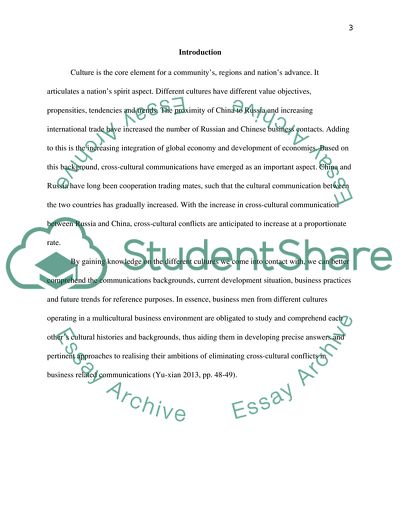Cite this document
(International Business Cultures of China and Russia Coursework Example | Topics and Well Written Essays - 2000 words, n.d.)
International Business Cultures of China and Russia Coursework Example | Topics and Well Written Essays - 2000 words. https://studentshare.org/culture/1829465-international-business-cultures
International Business Cultures of China and Russia Coursework Example | Topics and Well Written Essays - 2000 words. https://studentshare.org/culture/1829465-international-business-cultures
(International Business Cultures of China and Russia Coursework Example | Topics and Well Written Essays - 2000 Words)
International Business Cultures of China and Russia Coursework Example | Topics and Well Written Essays - 2000 Words. https://studentshare.org/culture/1829465-international-business-cultures.
International Business Cultures of China and Russia Coursework Example | Topics and Well Written Essays - 2000 Words. https://studentshare.org/culture/1829465-international-business-cultures.
“International Business Cultures of China and Russia Coursework Example | Topics and Well Written Essays - 2000 Words”. https://studentshare.org/culture/1829465-international-business-cultures.


